After the successful launch of the Alonzo hard fork upgrade, the Cardano network now has the capability to launch smart contracts on the network, ushering in a new era for the blockchain which puts it in direct competition with the likes of Ethereum and Solana.
- Smart contracts are self-executing contract with the terms of the agreement between buyer and seller being directly written into lines of code. The code which is the term of the agreement is contained within a decentralized blockchain network.
After much building done since the launch of the smart contract testnet in May 2021, the hard fork upgrade done yesterday paves the way for smart contracts to be written in Plutus scripts, “a purpose-built smart contract development language and execution platform using the functional programming language Haskell.”
According to a blog post posted Input Output (IOHK), it stated, “It’s only just the beginning. But this is still a moment for celebration. As a community, we have been on an incredible journey together. Rightly, we should allow ourselves to acknowledge the tremendous efforts made by so many to get here. This will also be a time for reflection on the challenges we’ve collectively overcome.”
The post also speaks on the staking ecosystem of the Cardano blockchain. It stated, “It’s a remarkable staking ecosystem that continues to grow rapidly. According to statistics from Cardano data aggregation tool Pooltool, the number of ADA staking wallets today stands at 825,755. This represents an increase of 35%+ since June. At the time of writing, the total ADA delegated to stake pools is valued at $ 59.86 billion, accounting for 71.4% percent of total ADA supply ($ 83.9b).”
This indicates that majority of the ADA, which is the native token of the Cardano blockchain, is being staked on the network.
Speaking on the power of the Cardano blockchain, the post stated, “We have one of the most decentralized, sustainable, robust, and advanced blockchain platforms in the world, run by a skilled community of stake pool operators (SPOs). We enjoy an informed and passionate community of delegators. We have a thriving NFT ecosystem, attracted by the ease and low-cost of minting.”
NFT’s have been made possible on the Cardano blockchain. On the network, it has low minting and transaction fees and does not require smart contract in order to create them.
The blog post also reminds the Cardano community that development is still early. It stated, “Let us be clear. There will be bumps in the road. Early user experiences might not be perfect. Some early DApps will have issues. We’ll see some great development teams and some poor ones. This is a permissionless, decentralized blockchain, so this is inevitable. There are high expectations resting on this upgrade. Some unreasonably so. Cardano watchers may be expecting a sophisticated ecosystem of consumer-ready DApps available immediately after the upgrade. Expectations need to be managed here.”
The Cardano blockchain has garnered criticism for failing to deliver smart contract functionality until now despite launching in September 2017. Dominic Williams, founder of Internet Computer (ICP), criticized Cardano for the amount of time taken to launch smart contracts stating, “It amazes me that this chain had been in the market for 2 years, and is only just adding support for smart contracts, and people are happy with this progress.”
Even with so much criticism, the Cardano blockchain native token, ADA, still managed to rally to an All-Time High of $3.10, at the beginning of the month. Although the price has declined, further hastened after flagship cryptocurrency Bitcoin dropped by almost $10,000 in one day. ADA is down 21.30% from its ATH, currently trading $2.43 per token as of the time of this writing.

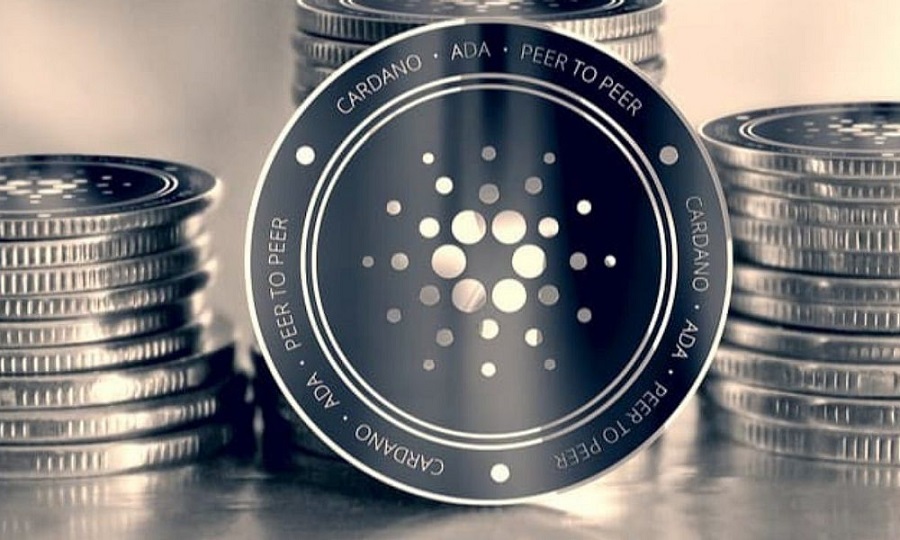

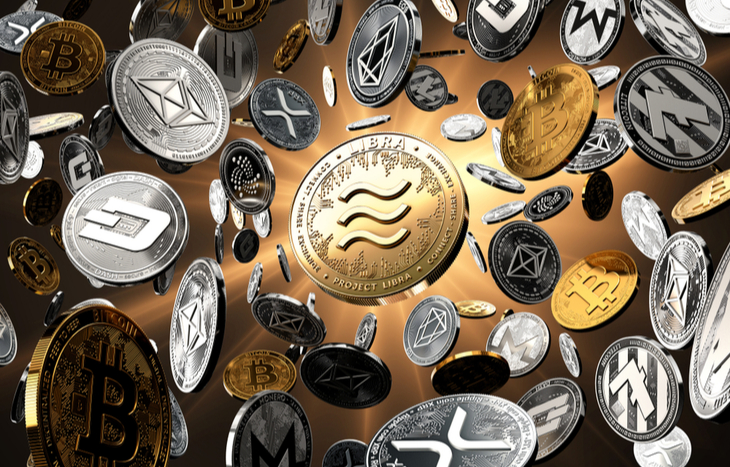
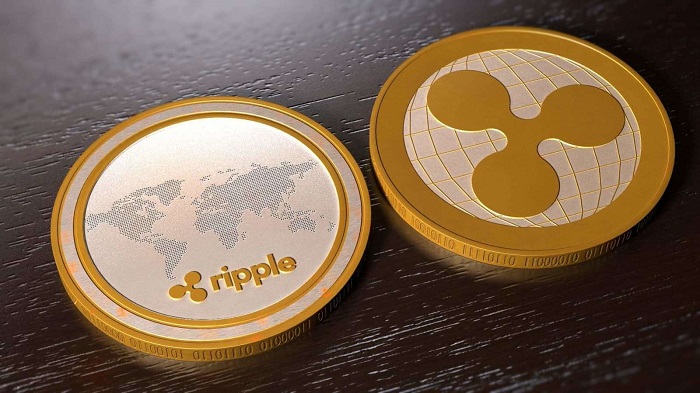
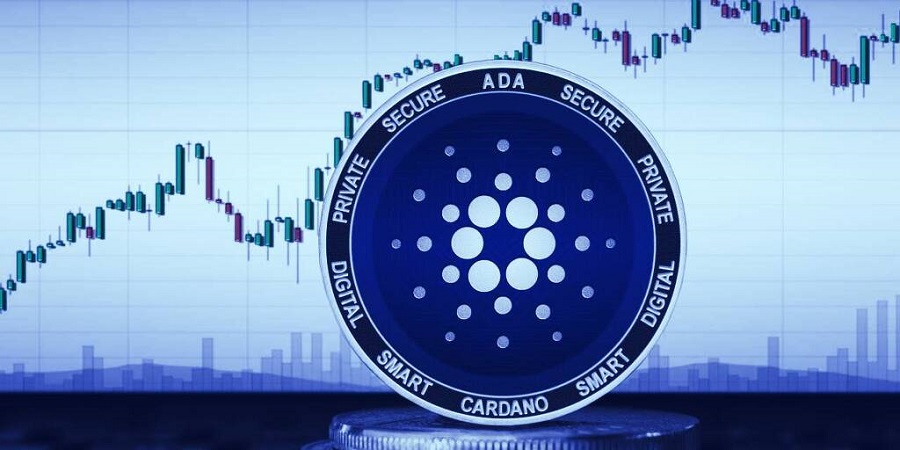







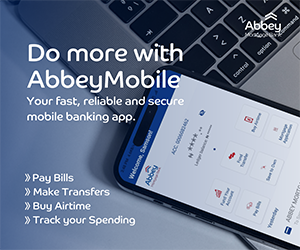



Can i see the PDF??